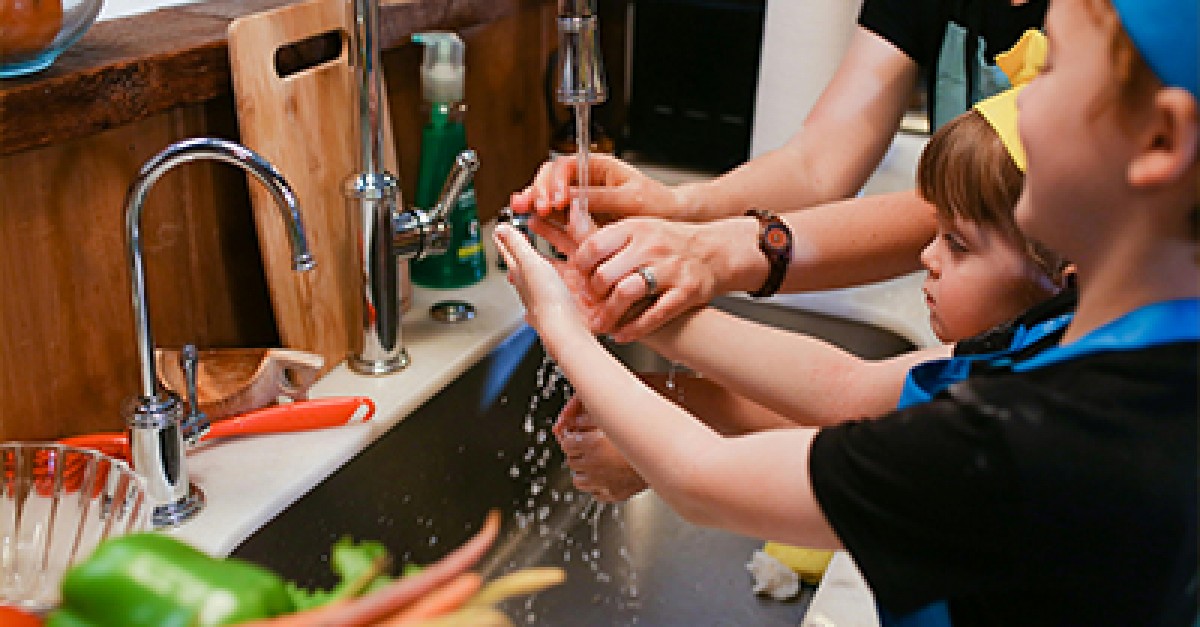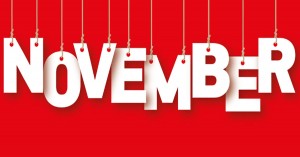Australian Food Safety Week offers a vital opportunity to embed safe food practices into early learning environments. This year’s theme invites educators and children to explore common food safety myths and build lifelong habits through play, storytelling, and hands-on experiences.
Objectives
- Promote hygiene and safe food handling in age-appropriate ways
- Foster curiosity and critical thinking through mythbusting activities
- Engage families in culturally inclusive food safety conversations
- Align with EYLF outcomes and Quality Area 2 (Children’s Health and Safety)
Featured Activities & Implementation Strategies
Myth vs Fact Sorting Game
Purpose: Build foundational understanding of safe vs unsafe food practices
Materials: Picture cards (e.g., “You can tell food is safe by smell” vs “Use a thermometer”)
Implementation:
- Create a visual sorting mat with “Myth” and “Fact” zones
- Invite children to place cards and explain their reasoning
- Use puppets or mascot characters to dramatize scenarios
Safe Snack Assembly Stations
Purpose: Practice hygiene and food handling
Materials: Aprons, gloves, handwashing station, simple ingredients (e.g., fruit, wraps)
Implementation:
- Begin with a handwashing song or visual guide
- Children assemble snacks with adult supervision
- Discuss temperature, cross-contamination, and safe storage
Kitchen Role Play Corner
Purpose: Embed food safety into dramatic play
Materials: Toy thermometers, cleaning cloths, labeled zones (“Hot”, “Cold”, “Wash”)
Implementation:
- Set up a mini kitchen with symbolic signage
- Encourage storytelling: “Chef Charlie checks the fridge!”
- Rotate roles: chef, cleaner, safety inspector
Food Safety Myth Puppet Show
Purpose: Reinforce learning through storytelling
Materials: Puppets, simple script, backdrop (e.g., “Kitchen of Curiosity”)
Implementation:
- Co-create a story with children: “The Tale of the Forgotten Lunchbox”
- Include mythbusting moments (“Is it safe to eat food left out overnight?”)
- Invite families to attend or record for sharing
Family Recipe Safety Posters
Purpose: Extend learning into homes
Materials: Templates for children to illustrate family recipes with safety tips
Implementation:
- Children interview families about food traditions
- Add safety symbols (e.g., fridge, thermometer, handwashing)
- Display in foyer or share digitally
Documentation & Reflection
- Use voice bubble cards for children to express what they learned (“I wash my hands before cooking!”)
- Create a group portfolio page with photos, quotes, and myth-busting facts
- Link to EYLF outcomes: Outcome 3 (Children have a strong sense of well-being), Outcome 4 (Children are confident and involved learners)
Emotional Intelligence & Inclusion Tips
- Validate children’s cultural food practices while introducing safety adaptations
- Use affirming language: “You’re a food safety hero!”
- Include diverse food items and utensils in play corners
- Offer sensory-friendly options for children with sensitivities (e.g., gloves, visual guides)







 Australia is home to the world’s oldest continuous cultures, with First Nations Peoples holding stories, knowledge, and connections to Country that stretch back more than
Australia is home to the world’s oldest continuous cultures, with First Nations Peoples holding stories, knowledge, and connections to Country that stretch back more than An early learning centre in Mandurah, Western Australia, has been left devastated after an alleged arson attack caused extensive damage estimated at $500,000.
An early learning centre in Mandurah, Western Australia, has been left devastated after an alleged arson attack caused extensive damage estimated at $500,000.
